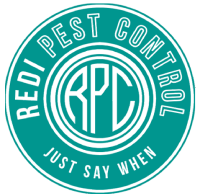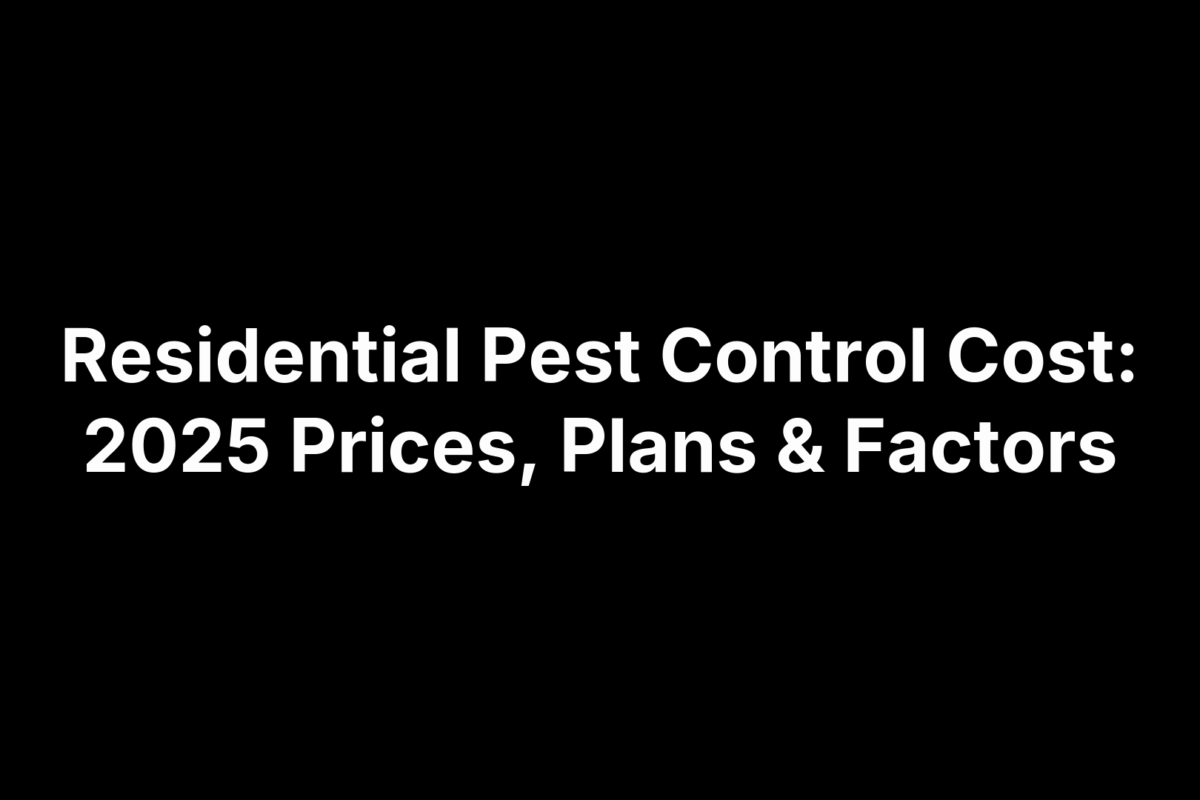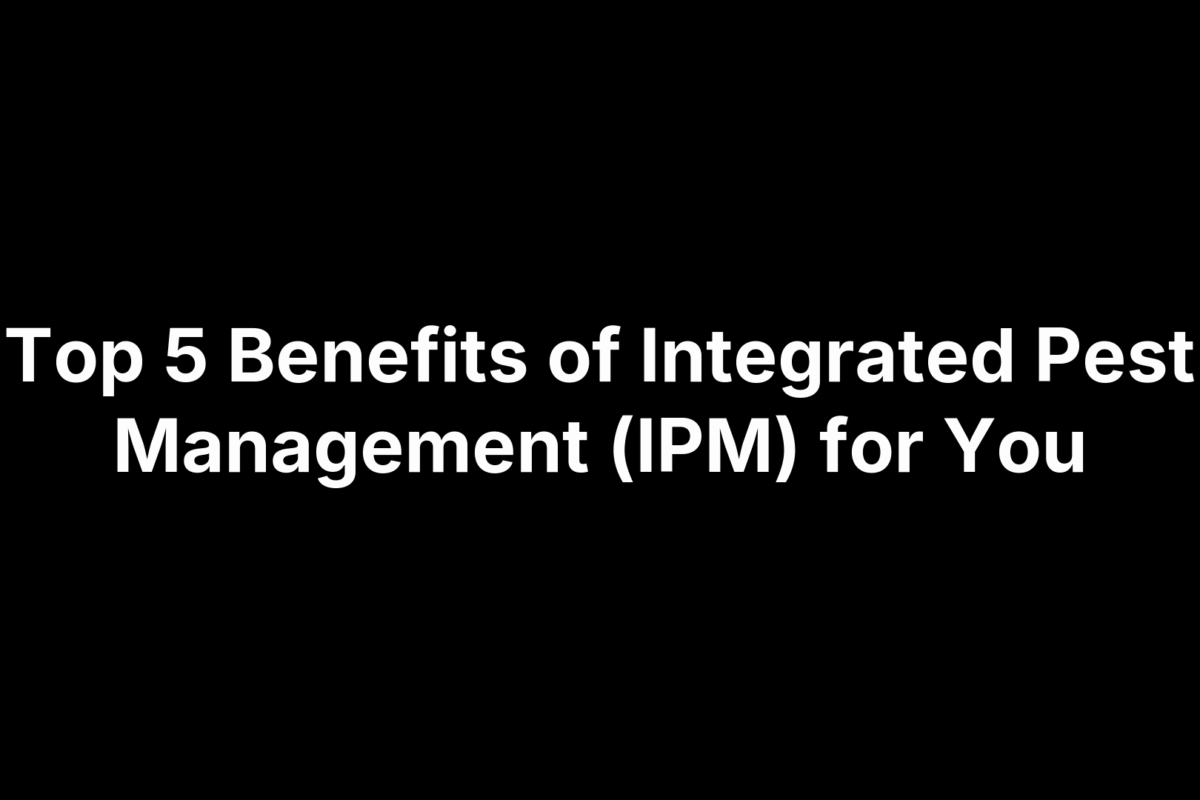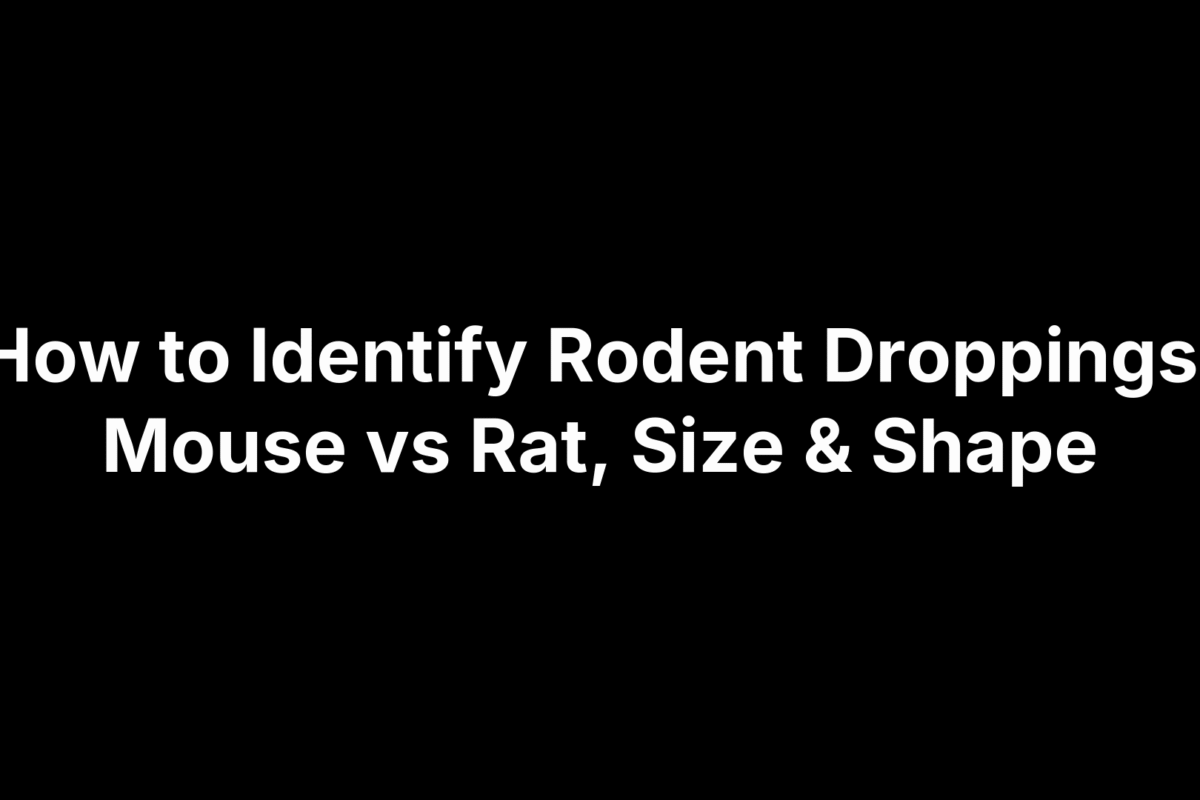Residential pest control cost is simply what you pay to inspect, treat, and prevent pests in your home. It can be a one-time visit to stop an active problem or an ongoing plan that keeps ants, roaches, rodents, termites, and other intruders from coming back. Your price reflects the pest type and severity, the method used (sprays, traps, heat, or fumigation), and practical details like home size, access to attics or crawl spaces, and where you live.
This 2025 guide explains what typical homeowners pay right now—by visit type and plan frequency—so you can set a realistic budget and compare quotes confidently. You’ll see cost ranges by pest and treatment method, how size and location change pricing, what a standard visit includes, and what counts as an extra. We’ll also cover green and low-toxicity options, DIY versus professional costs, a step-by-step way to estimate your own price, smart ways to save without risking a reinfestation, key questions to ask providers, sample price scenarios, and the red flags that mean it’s time to call immediately.
What affects residential pest control cost in 2025
Two neighbors can pay very different prices for the same-size home. The gap comes down to a few levers providers use to build your quote. If you understand these drivers, you can predict where your residential pest control cost will land and what choices raise or lower it without risking results.
- Pest type: Ants often run $100–$500, termites $200–$2,000, and bed bugs $350–$1,200, reflecting complexity and risk.
- Infestation severity: Mild issues may cost $100–$500, while severe whole‑home problems can reach $1,000–$8,000.
- Treatment method: Professional sprays range $100–$3,000; heat $300–$4,000; tented fumigation $1,500–$8,000, reserved for worst cases.
- Home size and access: Over 1,500 sq. ft., attic/crawlspace work, and wall voids require more time and product.
- Visit type and frequency: One-time fixes price differently than quarterly or monthly plans; initial visits typically cost more than maintenance.
- Location and extras: Regional labor and pest pressure affect pricing; add-ons like exclusion, sanitation, and warranties increase totals. Inspections may be free or fee-based (commonly from around $50+; specialty pests can be higher). Green/low-toxicity programs can add roughly 20%–30% annually.
2025 average costs by visit and plan frequency
If you’re choosing between a one-time treatment and an ongoing plan, here’s what typical homeowners pay in 2025 for general household pests in a 1,500 sq. ft. home (termites and bed bugs price higher). These ranges reflect national data and explain why your residential pest control cost may differ by market and severity.
| Visit or Plan | Typical 2025 Price |
|---|---|
| One-time general service | $100–$600 (many pay $170–$300) |
| Initial visit for an ongoing plan | $150–$300 |
| Monthly service (per visit) | $40–$70 (~$480–$840/year) |
| Quarterly plan (total per year) | $300–$900/year |
| Annual service visit | $300–$550 |
Most plans front-load the work during the initial service, then drop to lower-priced maintenance visits. Monthly programs suit high-pressure areas or green products with shorter residuals, while quarterly plans cover most homes at a lower annual total. Expect higher first-year residential pest control cost if you need exclusions (sealing entry points), heavy sanitation, or extra interior follow-ups—common add-ons that extend time and materials beyond standard coverage.
Cost ranges by pest type
What you’ll pay depends first on what’s invading. Some pests are fast to knock back with a single visit, while colony builders or blood-feeders often need specialized treatments and follow-ups. Use these realistic 2025 ranges as a benchmark when estimating your residential pest control cost; local quotes will vary with severity and access.
| Pest | Typical 2025 Range | Notes |
|---|---|---|
| Ants | $100–$500 | Common, usually resolved with targeted spraying/baiting. |
| Cockroaches | $100–$600 | Kitchen/bath hotspots may need a follow-up. |
| Fleas | $100–$400 | Often paired with pet/yard measures. |
| Mice/Rats | $150–$600 | Mice often $150–$300 initial; rats $300–$600; larger programs can run $450–$600. |
| Wasps/Hornets | $150–$300 | Hard-to-access nests can reach $300–$500+. |
| Mosquitoes | $80–$150 per visit | Seasonal packages commonly $350–$1,000; some quote $100–$500 per treatment. |
| Bed bugs | $350–$1,200+ | Severe whole-home cases can run $1,000–$4,000. |
| Termites | $200–$2,500 | Method-dependent; larger structures and warranties add cost. |
| Bats | $230–$730 | Often an exclusion-focused service. |
As a rule, expect the low end for small, localized issues and the mid-to-high end for multi-room activity or specialty methods (heat, fumigation). To compare apples to apples, ask if inspections, exclusion, and follow-up visits are included in the quoted residential pest control cost.
Cost by treatment method
The treatment you choose is one of the biggest levers on residential pest control cost. Light, localized problems can be handled with low-cost approaches, while entrenched, multi-room infestations often need specialized equipment and more time. Here are realistic 2025 ranges by method so you can align expectations with the level of intervention required.
- DIY sprays/vacuuming: $15–$75. Best for very minor issues; limited staying power.
- Professional spraying (targeted insecticides): $100–$3,000. The workhorse for ants/cockroaches; the high end reflects whole‑home or severe cases.
- Physical traps (rodents/insects): $100–$600. Adds cost when paired with exclusion or multiple return visits.
- Heat treatment: $300–$4,000. Chemical‑free option for bed bugs/termites; penetrates furniture and wall voids.
- Tented fumigation: $1,500–$8,000. Reserved for the most severe, structure‑wide infestations, commonly termites.
If you’re comparing green/low‑toxicity programs, note they often need more frequent service and can add roughly 20%–30% to annual totals versus conventional quarterly spraying. Match the method to the pest and severity first—then weigh price, disruption (prep/leave‑home requirements), and follow‑up commitments to avoid repeat costs.
Cost by home size, location, and access
Square footage, where you live, and how easy areas are to reach all move your residential pest control cost up or down. Bigger homes require more product and time; high-cost markets or heavy pest-pressure regions trend higher; and hard-to-reach spaces (attics, crawl spaces, wall voids) add labor compared to simple baseboard or perimeter work.
| Home Size (sq. ft.) | Typical one-time cost |
|---|---|
| 1,000 | $250–$450 |
| 1,500 | $300–$550 |
| 2,000 | $350–$600 |
| 2,500 | $400–$675 |
| 3,000 | $450–$750 |
| 3,500 | $500–$825 |
| 4,000 | $550–$900 |
Location matters, too. City averages reported for general visits show higher pricing in dense metros (e.g., New York City $255) and lower in markets like Phoenix or Sacramento ($105). Expect your quote to align with local labor rates and seasonal pest activity.
- Access and complexity: Attics, crawl spaces, and inside-wall treatments typically cost more than accessible kitchens or exterior perimeters. Yard-only work is often simpler; multi-story ladder work or vehicle infestations can add time.
- Scope spread: Single-room issues usually price near the low end; multi-room or whole-home service lands mid-to-high within the ranges above.
When you compare quotes, ask how home size, access points, and your region’s pest pressure were factored into the estimate—those are the biggest, predictable drivers of total price.
One-time service vs ongoing plans
A one-time visit is built to knock down an active problem; an ongoing plan layers in prevention, monitoring, and prioritized callbacks if pests pop up between visits. Expect a higher first visit for plans, then lower-priced maintenance. In 2025, a one-time general service typically runs $100–$600 (many pay $170–$300), while plans average $40–$70 per monthly visit (~$480–$840/year) or $300–$900/year for quarterly service, with an initial visit around $150–$300. Your residential pest control cost over a year often depends on how many problems you expect.
- Choose one-time when: You have a localized issue (e.g., one wasp nest or light ant activity), you’re moving/selling and need quick remediation, or you rarely see pests. Budget for a potential follow-up if activity persists.
- Choose a plan when: You live in a high-pressure area, have recurring pests (roaches, rodents, mosquitoes), want proactive barrier treatments, or value callbacks between visits.
Quarterly ≈ $300–$900/yrandMonthly ≈ $40–$70/visit.
Rule of thumb: if you’d likely need three or more service calls in a year, a quarterly plan often beats paying one-time rates each time and reduces reinfestation risk.
What a standard visit includes (and common add-ons)
Before prices, it helps to know what you’re buying. A standard residential service visit typically focuses on confirming the pest, treating the sources, and creating a protective barrier. Initial visits tend to be more thorough than maintenance stops because techs are identifying entry points and activity patterns that drive recurring issues.
- Inspection and identification: Visual check of hotspots and conducive conditions.
- Targeted interior treatment: Precision applications at kitchens, baths, and harborage areas.
- Exterior perimeter barrier: Foundation/entry-point treatments to block re-entry.
- Monitoring/setup: Basic traps or baits where appropriate.
- Service report: Findings, what was applied, and prevention guidance.
If the inspection uncovers structural access or multi-room activity, your residential pest control cost may include add-ons. These are quoted up front and often required for lasting results.
- Exclusion work: Sealing gaps, screens, and door sweeps.
- Attic/crawl or wall‑void treatments: Extra time and materials.
- Sanitation/cleanouts: For heavy roach or rodent soils.
- Rodent programs: Bait stations, trapping grids, and return visits.
- Yard/seasonal services: Mosquito treatments or termite warranties/renewals.
Green and low-toxicity options and their pricing
If you prefer botanical, low-odor, or chemical‑free approaches, you have options—just plan for a slightly higher residential pest control cost. Green programs commonly use botanical oils, diatomaceous earth, traps, sealing, and targeted baits; heat treatment is a chemical‑free option for bed bugs and some termite situations. Because many green products have shorter residuals, service is often more frequent.
- Typical premium: Green/organic programs often add about 20%–30% annually versus conventional quarterly service; many providers recommend monthly visits to maintain results.
- Heat treatment: Chemical‑free, typically $300–$4,000 depending on scope.
- What’s included: Expect more emphasis on inspection, exclusion (sealing entry points), and monitoring; targeted applications replace broad sprays.
- When to choose: Homes with kids/pets or sensitivity concerns; note that severe, structure‑wide infestations may still require heat or, in rare cases, fumigation ($1,500–$8,000).
Use this quick estimator to price a green plan:
green_estimate = conventional_annual_cost × 1.2–1.3
This helps compare apples to apples when you’re budgeting for low‑toxicity residential pest control.
DIY vs professional: costs, pros, and when each makes sense
Not every pest problem needs a truck roll. For small, contained issues, DIY can be fast and cheap; for entrenched colonies or risky pests, pros save time and prevent repeat work. Choose the route that protects results and your residential pest control cost.
-
DIY (sprays/traps): $15–$75 in products per attempt.
- Pros: Low upfront cost, immediate action, control over ingredients.
- Cons: Short residuals, misidentification risk, no structural exclusion, repeat buys add up, not suited to severe or hidden infestations.
-
Professional service: One-time $100–$600 (many pay $170–$300); plans $40–$70 monthly or $300–$900/year (initial $150–$300).
- Pros: Correct ID and targeted methods, stronger tools, exclusion/sanitation guidance, warranties/callbacks.
- Cons: Higher upfront, scheduling/prep needed, add-ons (e.g., exclusion) can increase totals.
-
DIY makes sense when: You see a few sugar ants on a counter, occasional spiders, or pantry moths confined to one cabinet—and you can seal entry points and monitor.
-
Hire a pro when: Activity spans multiple rooms; you have rodents, bed bugs, or termites; you notice droppings, odors, bites, or attic/crawlspace noise; DIY failed; or safe access is an issue. In these cases, professional prevention often lowers total residential pest control cost over the year.
How to estimate your price step by step
You can ballpark your residential pest control cost in minutes if you choose a realistic base price and then apply a few sensible adjustments. Use the ranges in this guide for your pest, visit type, and home size, and remember that severity, access, and region move the final number up or down.
- Pick your base by visit/plan. Choose one: one-time general $100–$600 (many pay $170–$300); initial plan visit $150–$300; monthly $40–$70; quarterly $300–$900/year.
- Match the pest. Cross-check the pest range (e.g., ants $100–$500, roaches $100–$600, rodents $150–$600, bed bugs $350–$1,200+, termites $200–$2,500). Use the higher of visit vs. pest for a safer base.
- Rate severity. Mild issues tend toward the low end; moderate sits mid-range; severe can push pricing toward $1,000–$8,000 if whole-home or specialty methods are required.
- Select the method. If inspection suggests heat ($300–$4,000) or fumigation ($1,500–$8,000), override the base with the method range; otherwise, stick with professional spraying ($100–$3,000) or traps ($100–$600).
- Apply size and access. Use the size bands above (e.g., 1,500 sq. ft. $300–$550; 2,000 sq. ft. $350–$600). Attic/crawl/wall-void work increases labor and pushes you higher in the band.
- Adjust for region and options. Dense metros trend higher; lower-cost markets trend lower. Add line items for exclusion/sanitation if needed. For green programs, apply a 20%–30% premium.
quick_estimate = max(base_visit, base_pest) → adjust for severity → align to size_band → add method_if_required → + add_ons → ± region → × (1.0 for conventional | 1.2–1.3 for green)
Example: 1,500 sq. ft. home with moderate roaches on a quarterly plan ≈ initial $150–$300 + $300–$900/year; green program would be annual × 1.2–1.3. This framework keeps your residential pest control cost realistic before you compare quotes.
Ways to save without risking reinfestation
Smart savings come from reducing pest pressure and paying only for the coverage you actually need. The goal isn’t the cheapest spray—it’s fewer repeat visits and longer protection, which lowers your residential pest control cost over the year.
- Pick the right cadence: If you’d need 3+ visits in a year, a quarterly plan ($300–$900/year) usually beats paying multiple one‑time fees ($100–$600 each).
- Choose plans with callbacks: Many providers include free callbacks between visits—worth more than a small discount if activity returns.
- DIY exclusion first: Seal gaps, install door sweeps, and screen vents; basic materials can be ~$50 or less and cut future service needs.
- Prep the space: Clear access to kitchens, baths, attics, and exterior foundations so techs spend time treating—not moving items.
- Bundle seasonal services: A mosquito season package ($350–$1,000) is often more cost‑effective than sporadic single treatments.
- Match method to severity: Avoid whole‑home heat ($300–$4,000) or fumigation ($1,500–$8,000) unless inspection shows it’s necessary.
- Use targeted products: Spot treatments and baits in known harborage areas control pests without paying for unnecessary whole‑home applications.
- Weigh green premiums: Low‑toxicity programs often add 20%–30% annually; consider a hybrid approach (exclusion + targeted baits) if sensitivities are limited.
- Act early: Treat mild issues ($100–$500) before they become severe ($1,000–$8,000) to keep your residential pest control cost in check.
Questions to ask and how to compare quotes
The fastest way to avoid surprise charges is to make every company price the same scope. Ask each provider to itemize your residential pest control cost and explain what moves the number up or down. Then normalize quotes to the same visit frequency, covered pests, and areas so you can compare value—not just the sticker price.
- What’s included now vs. later? Break out initial visit, maintenance visits, and any inspection fee.
- Which pests are covered/excluded? Termites and bed bugs are often separate programs—confirm in writing.
- How did you rate severity and why this method? Ask for a lower-cost alternative if appropriate.
- Are callbacks/retreats included? What’s the warranty length and trigger?
- What add-ons might be required? Exclusion, sanitation, attic/crawl or wall-void work, and their pricing approach.
- Any access or travel fees? Attic/crawlspace, multi-story, or weekend/after-hours charges.
- What’s my first-year total? Initial + all scheduled visits + required add-ons; cancellation terms?
- Chemicals/green options? Prep requirements, need to vacate, and green premium (often 20%–30% more annually).
- Credentials and staffing: Licensing, insurance, and employee vs. subcontractor techs.
- Scheduling and response time: How quickly can you start and return if pests reappear?
To compare quotes: (1) align scope/frequency and covered pests, (2) calculate first-year total with add-ons, (3) factor the value of included callbacks, (4) prioritize methods that match severity, not just the lowest bid, and (5) confirm everything appears in the written agreement with your final residential pest control cost.
Sample price scenarios for common problems
It’s easier to budget your residential pest control cost when you see real-world scenarios. The examples below assume typical 2025 pricing, average access, and a standard single‑family home unless noted. Your final quote will adjust for severity, method, and local labor rates.
- Light kitchen ants (mild, 1,500 sq. ft.): One-time targeted treatment $150–$250; if ants recur, a quarterly plan runs initial $150–$300 plus $300–$900/year.
- German cockroaches (moderate, apartment kitchen/bath): Two-visit gel/bait/spray program $200–$450; heavier activity can approach $600 with an extra follow-up.
- Mice in a 2,000 sq. ft. home: Trapping/baiting with 1–2 returns $300–$600; add exclusion (sealing entry points) as needed to prevent re-entry.
- Mosquito season package (yard): $350–$800 for a multi-visit season, or $80–$150 per visit for pay‑as‑you‑go service.
- Bed bugs: Single bedroom, targeted chemical/steam and monitoring $350–$900; whole‑home heat for a 3‑bedroom $1,800–$3,000.
- Subterranean termites (perimeter treatment): $800–$2,000 depending on footprint/method; typical annual warranty renewal $100–$300.
- Severe, structure‑wide infestation (e.g., drywood termites or pervasive roaches): Tented fumigation $1,500–$8,000, with 2–3 days out of the home.
- Green/low‑toxicity general pest plan: Initial $150–$300; monthly $40–$70 per visit, with a typical 20%–30% annual premium versus conventional quarterly service.
Use these as guardrails: mild, localized problems land near the low ends; multi‑room or hard‑to‑access issues trend mid‑to‑high; specialty methods (heat/fumigation) dictate the final number.
Signs of a severe infestation and when to call immediately
When pest activity crosses certain thresholds, waiting multiplies damage and price. Severe infestations spread into walls, attics, and crawl spaces, contaminate food, and can trigger health risks. Delays often push a manageable $100–$500 issue into $1,000–$8,000 territory—or require heat ($300–$4,000) or fumigation ($1,500–$8,000), driving up your residential pest control cost.
- Large, frequent sightings: Pests visible in big numbers, day and night, or in multiple rooms—especially after DIY attempts fail.
- Rodent indicators: Fresh droppings, chew marks, gnawed packaging, grease rubs, or scratching in walls/ceilings; strong, musty/foul odors.
- Structural red flags: Insects swarming indoors or activity tied to visible wood/structural damage.
- Bites or skin reactions: Unexplained bites, welts, or irritation pointing to bed bugs or fleas.
- Hard‑to‑reach nesting: Activity inside walls, attics, crawl spaces, or deep furniture harborage.
- Stinging or high‑risk pests: Active wasp/hornet nests on the home, or rodents linked to disease/contamination.
If any apply, request a same‑day professional inspection and a written plan with follow‑ups. Fast action limits damage, disruption, and keeps your residential pest control cost lower.
Key takeaways
Your final price comes down to pest type, severity, treatment method, home size, access (attic/crawl/wall voids), location, and whether you choose a one‑time visit or a plan. Acting early keeps small issues in the low ranges and avoids specialty methods that drive costs much higher.
- One-time general: $100–$600 (many pay $170–$300).
- Plans: Quarterly $300–$900/year; monthly $40–$70/visit; initial $150–$300.
- By pest: Ants/roaches $100–$600; rodents $150–$600; termites $200–$2,500; bed bugs $350–$1,200+.
- By method: Sprays $100–$3,000; heat $300–$4,000; fumigation $1,500–$8,000.
- Severity/green: Mild $100–$500; severe $1,000–$8,000; green adds ~20%–30%.
Ready for clear pricing and a plan that fits your home? Get a local, tailored quote from Redi Pest Control today.






